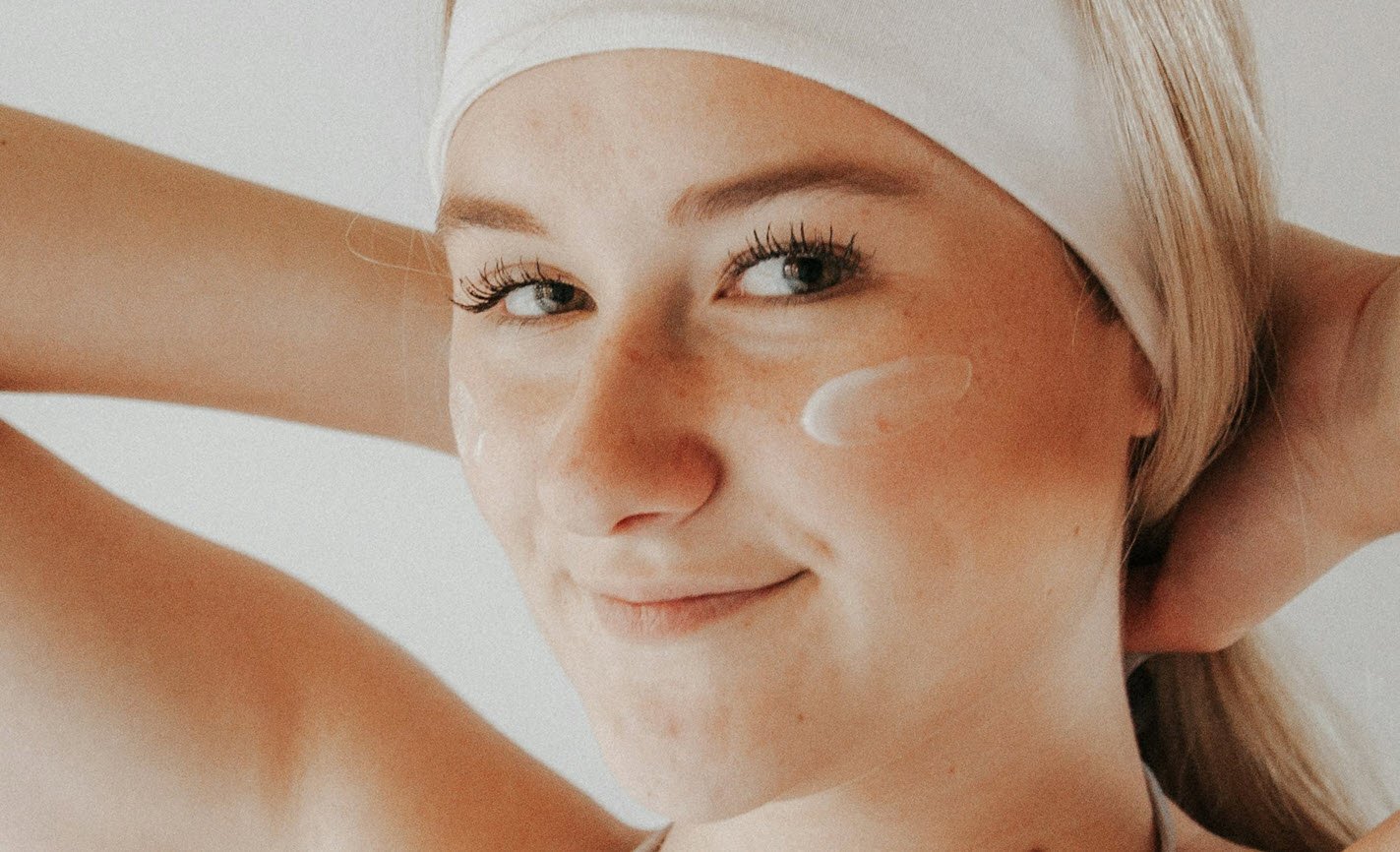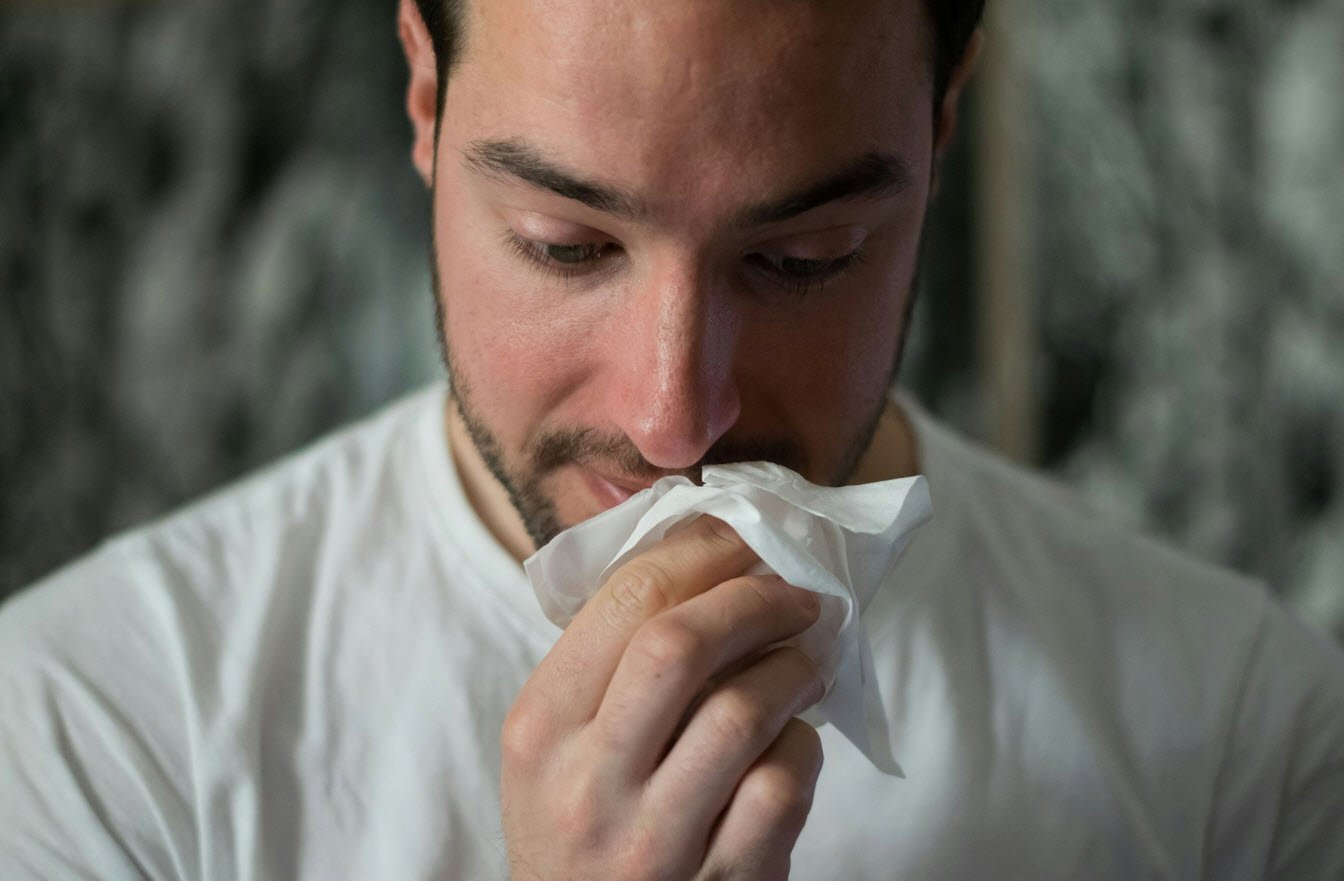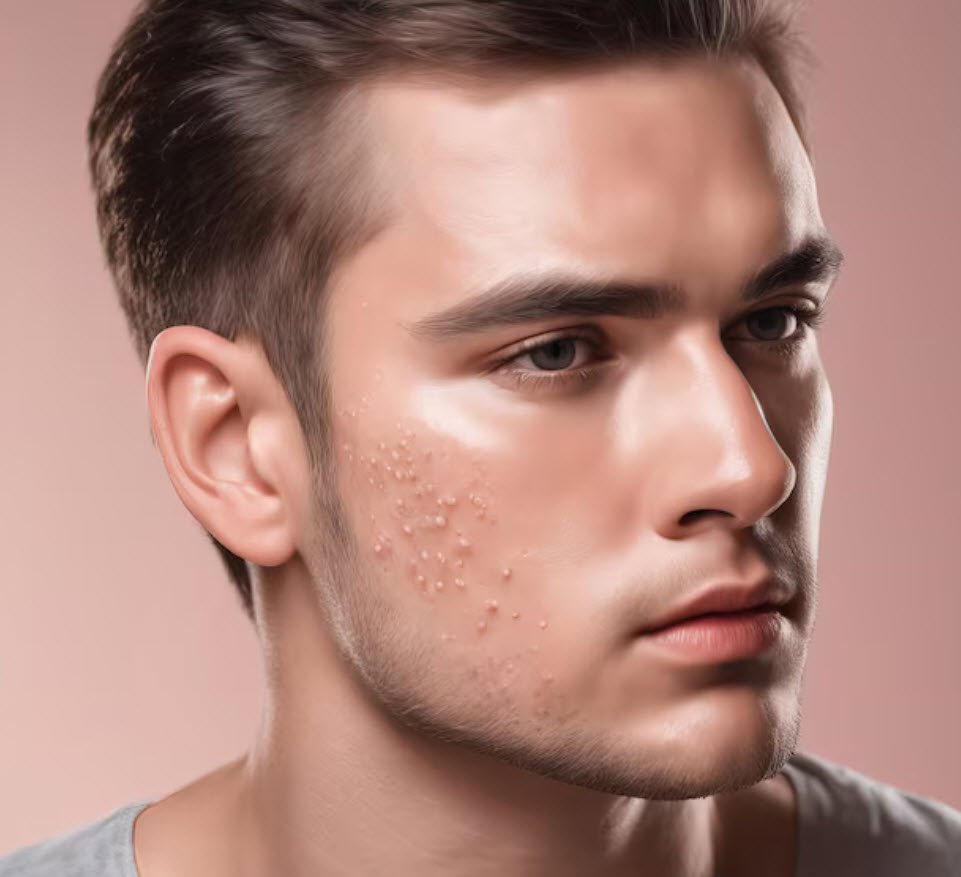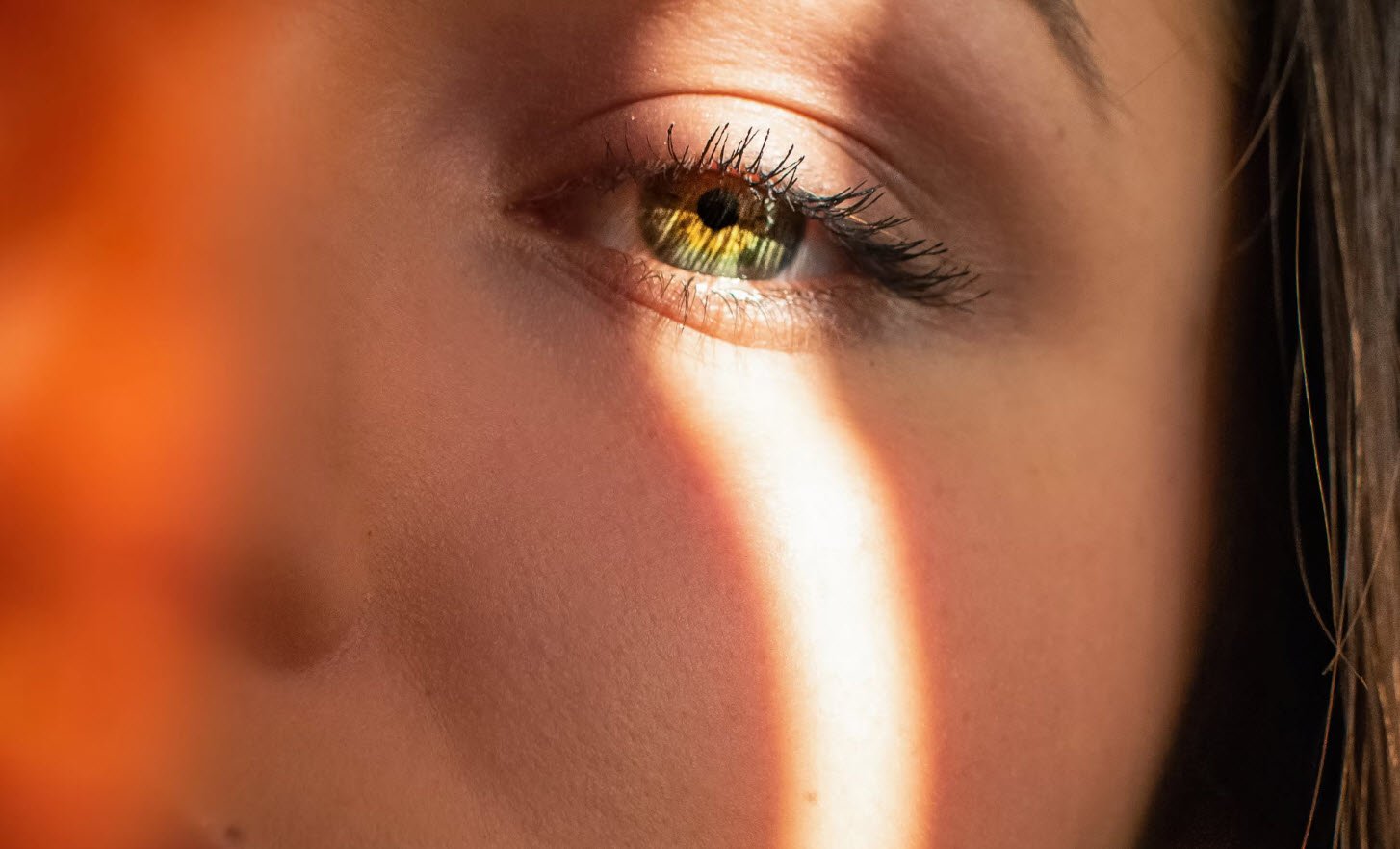
Reflexology is a science/art that is based on the principle that every part of the body, including all internal structures, is represented on another part of the body – the principle of a microcosm representing a macrocosm.
The hands and feet are each considered a part (microcosm) that represents the whole of the body (macrocosm). The hands and feet are the most commonly used body areas in reflexology practice.
Also Read: All You Need To Know About Hands of Healing: Reflexology
Other areas include the ears, face and the lower legs.
Reflexology is based upon the premise that we all have within us the ability to heal. Healing and health maintenance are dependent upon the unimpeded flow of subtle energy. It is thought that reflexology helps to remove energetic blockages, and that it supports the body in its attempt to maintain homeostasis (normal functioning with the body in balance).
The history of reflexology is partly obscured. We do know from ancient documents and drawings that some form of foot therapy has been used by many cultures for a very long time. Much of the foot work was practised in the home and administered by family members to each other.
It is widely acknowledged and accepted that there are many benefits to be derived from reflexology. Some of these are listed below. They deal mainly with the physical body.
But reflexology is a truly holistic therapy, and its affect on the psycho-spiritual part of our being is not to be underestimated. Reflexology usually produces a profound relaxation response that facilitates healing on all levels. Reflexology is a non-invasive therapy and is seen by most as being very ‘safe’.
Its popularity continues to grow globally.
Physiological benefits – Reflexology:
- relieves abnormal muscular tension in the body
- promotes effective blood flow
- promotes effective lymph flow
- promotes effective functioning of the nervous system
- gives pain relief
- encourages the healthy elimination of wastes
- encourages the body’s innate ability to heal itself
General benefits – Reflexology:
- induces a profound relaxation response ( mental/emotional )
- induces a feeling of well being
- helps determine which body system is in need of attention
- enhances effects of other therapies when used concurrently
There are important considerations associated with reflexology practice. The most important of these are listed below. Commonsense is the keyword here. The very young, the elderly, the frail, and the very sick will usually respond best to short, gentle applications of reflexology.
Those with specific conditions such as pregnancy, diabetes and cancer, can generally benefit greatly from reflexology. But there are important guidelines to be followed here when applying reflexology, so the people with these conditions are best placed in the hands of professional reflexologists.
Special care is needed in the following situations:
- serious illness e.g. cancer, aids, severe cardiac disease
- diabetes mellitus
- multiple/heavily prescribed pharmaceutical medication
- pregnancy
- severe osteoporosis and other bone diseases
- the elderly and/or frail
- children
How does reflexology work?
How does reflexology work? This is one of the most commonly asked questions. There are many theories about this. Some are obvious and others are a little obscure. Let’s take a look at a few of them. They include the nervous system, circulatory system, subtle energy pathways, vital energy centres, longitudinal energy zones and of course, the reflex areas.
Nervous system
Because the hands and feet are well endowed with nerve receptors, it is obvious that reflexology will have a direct effect on the nervous system. In the application of reflexology, these structures will be affected by pressure that is directly and indirectly applied to them.
Circulatory system
Similarly, the circulatory system will be affected due to the enormous number of blood and lymph vessels supplying the tissues of the hands and feet.
Energy pathways and vital energy centres
The energy systems of various cultures also provide us with an explanation of how reflexology might work. Two of these major systems evolved in India and China. The energy pathways of the Indian system are known as nadis. Major nadis distribute vital energy (prana) to the hands and feet. The vital energy centres are the Marma points. In the Traditional Chinese Medicine (TCM) system, the counterparts are the meridians supplying chi. The vital energy centres are the acupuncture points.
Longitudinal energy zones
One of the original explanations is associated with a system of ten longitudinal energy zones that extend throughout the length of the body. This vertical framework of zones includes the hands and feet. There are five zones on each side of the midline of the body, extending out to the lateral margins.
Each hand and foot contains the five zones that are located on the same side of the body, with each digit representing the end of a zone. The zones are numbered sequentially from one to five, starting at the midline of the body and at the thumbs and great toes.
This theory originated from early in the twentieth century. It is based on the work of a well-respected ENT surgeon, Dr. William FitzGerald, from the USA. As pressure is applied to a zone in a hand or foot, it will have an effect throughout the body on all the tissues and structures contained within the length of that zone.
Foot reflexology
The most common areas of the body to receive reflexology therapy are the feet. Just as well, as the feet are probably the most undervalued part of the body, and often the most neglected. Let us focus here on the feet, and the important role they play in reflexology today.
Pressure of varying degrees is used to stimulate (or sedate) the parts of the feet that relate to specific parts of the body. This is done to achieve a response of some kind in the associated body areas. The parts of the feet that receive the stimulus are referred to as reflex areas.
The pressure applied to the reflex areas varies enormously. I do not consider a painful application of reflexology as being conducive to the healing process. There are a multitude of techniques used in
helping to achieve the desired outcomes from a reflexology session. I cannot emphasize enough that the focus and intent of the practitioner will always play an important role in session outcomes.
Contraindications:
- acute trauma to the foot:
- severe bruising
- severe sprains/strains
- bony fractures
- lacerations
- burns
- abnormal skin conditions of the foot:
- weeping eczema/dermatitis
- open wounds & sores
- inflammatory skin conditions
- fungal infections e.g. tinea
- verrucas (if infectious)
- circulatory disorders of the lower limbs:
- severe varicose veins (foot)
- inflammatory conditions of the vessels
- thrombosis
Reflex areas
We now briefly discuss the concept of reflex areas. The feet act as a microcosm representing a macrocosm (the body). Varying degrees of pressure that is applied to a specific part of the foot (reflex area) will have a direct affect on a related part of the body.
The following diagram illustrate the approximate locations of the major body area representations on the feet. As foot size and shape varies enormously, the reflex areas will be unique, and allowances must be made for individual differences.

The presence of abnormalities in foot structure may also produce differences in the locations, sizes and shapes of the reflex areas. There are many reflexology charts in existence. These display reflex areas that are said to represent the major body organs and structures. The problem is that most charts are different. This situation may have arisen due to copyright requirements or due to personal preferences.
One thing is certain, the existence of so many discrepancies in charts has done nothing to help the credibility of reflexology amongst health professionals today.
Head and neck
The neck/shoulder line is drawn across the feet at the base of the toes. Everything from this line, up to the tips of the toes, represents the head and neck.
Chest
The diaphragm line is located where the harder skin on the ball of the foot meets the softer skin at the distal end of the longitudinal arch. The ends of the diaphragm line are located immediately proximal to the heads of metatarsals one and five. The chest reflex is located between the neck/shoulder line and the diaphragm line. Anatomically, there is considerable overlapping of the lower lung segments of the chest with the upper abdominal organs e.g. the liver and the spleen. The reflexes associated with these structures will overlap accordingly.
Abdomen
The heel/pelvic line is located where the softer skin at the proximal end of the longitudinal arch meets the harder skin of the heel. The abdomen and its contents are represented between the diaphragm line and the heel/pelvic line.
Pelvis
The pelvis and its contents are represented between the heel/pelvic line and the back of the heel.








